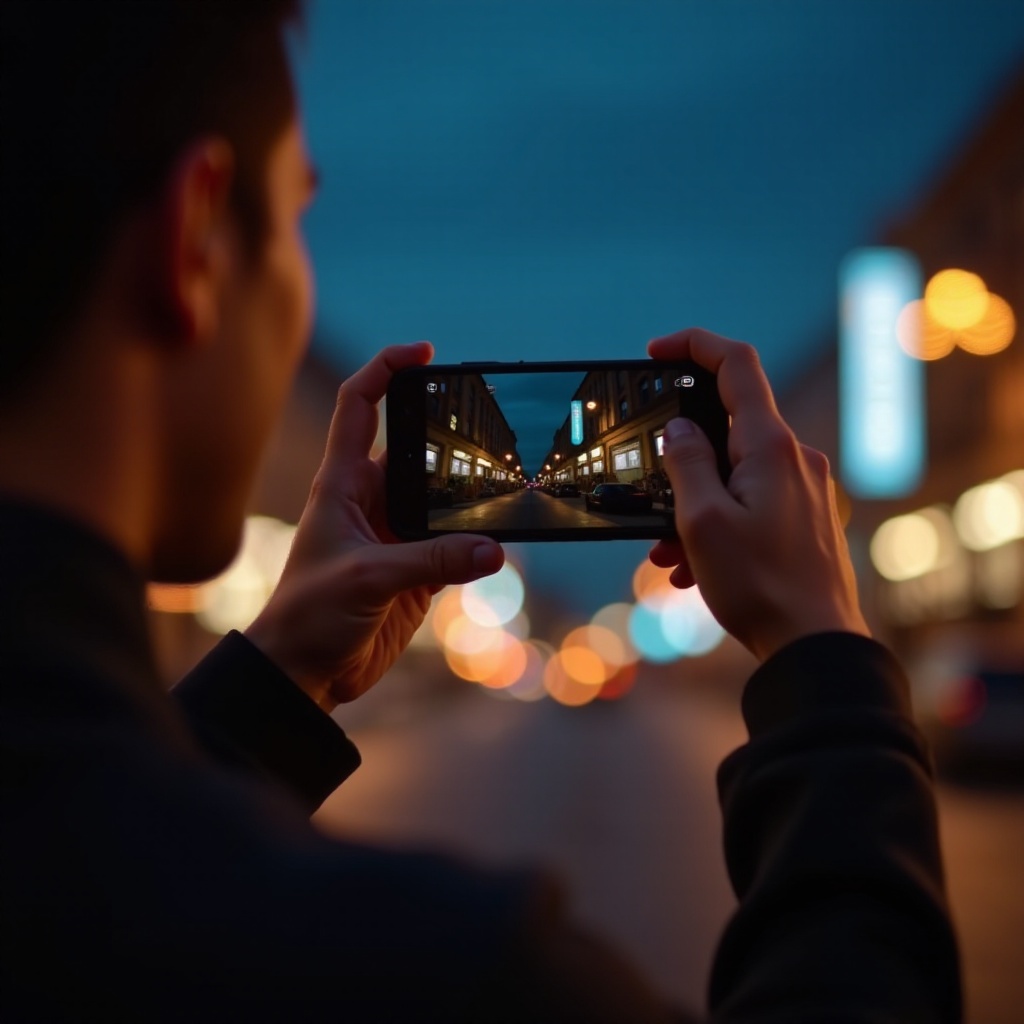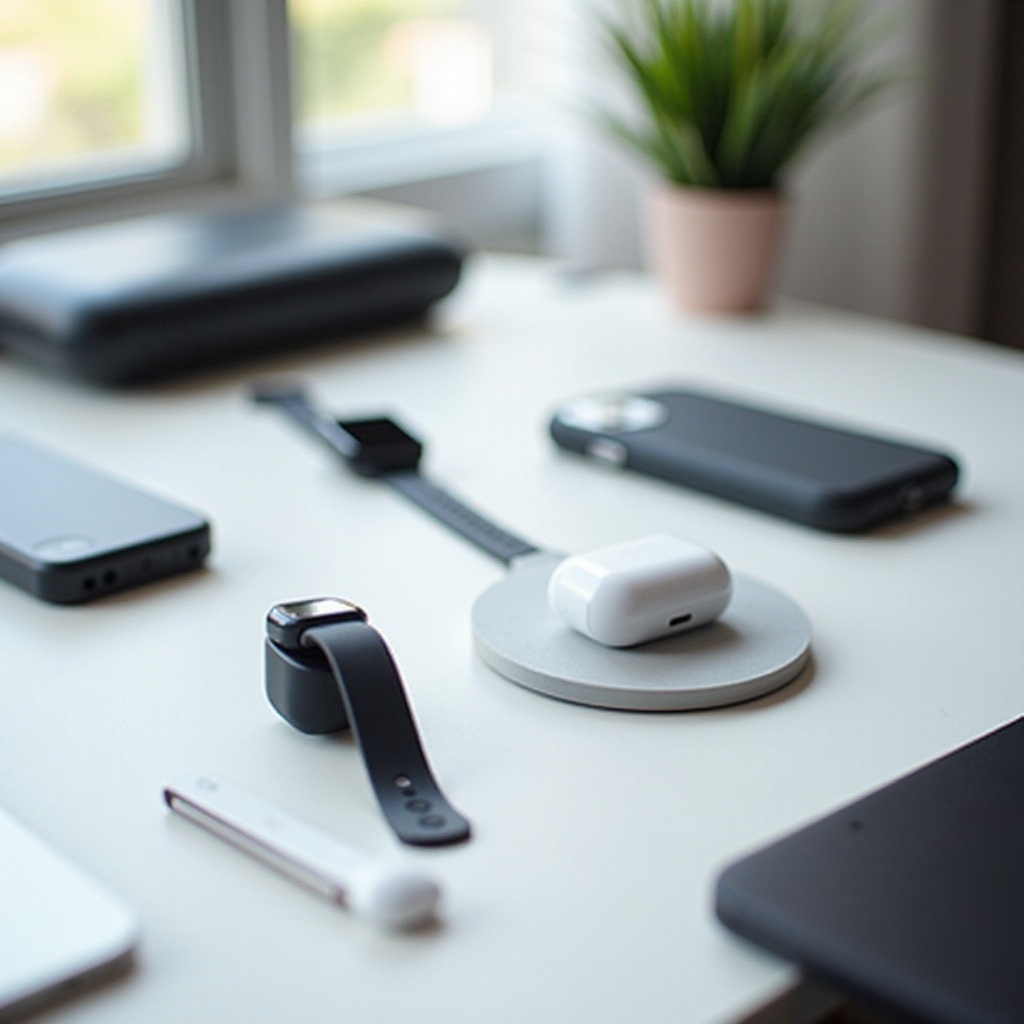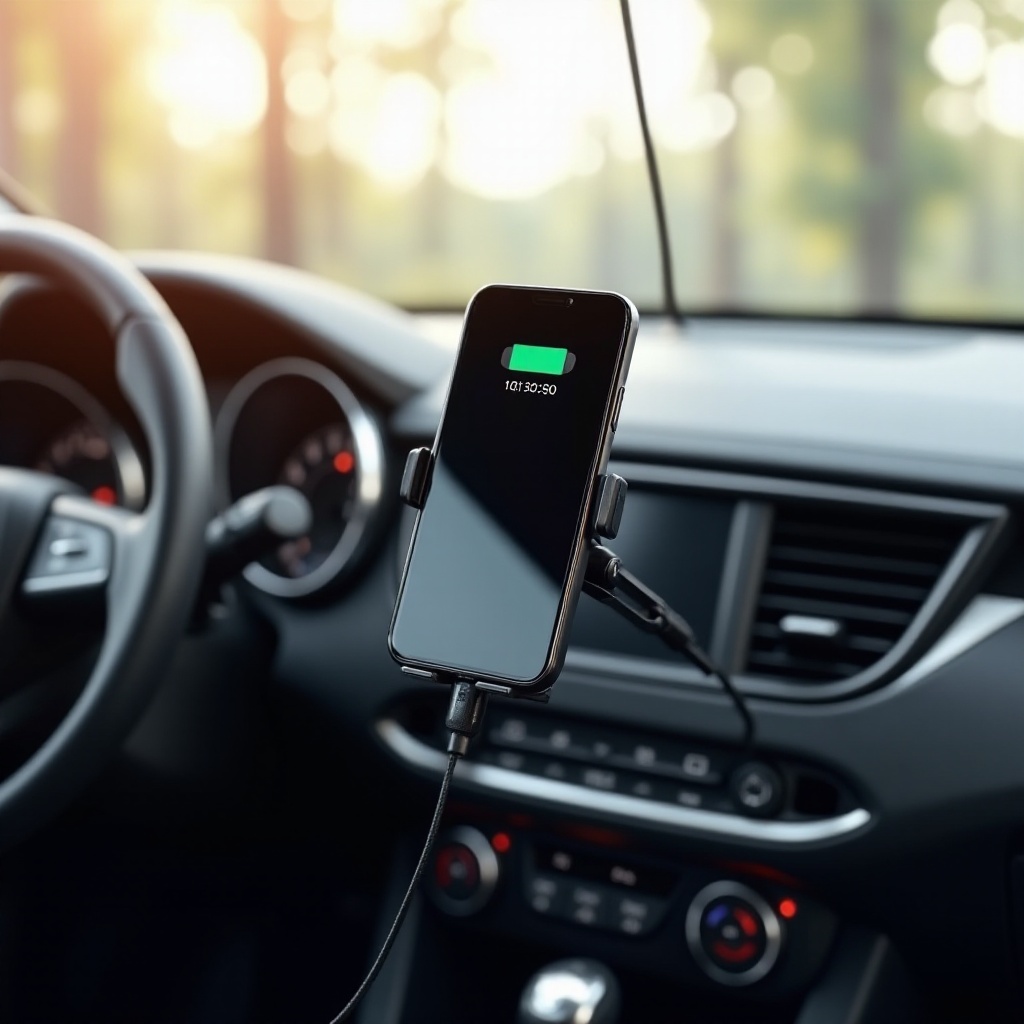Introduction
The smartphone market continues to evolve, with each new release promising better features and improved performance. This time, we delve into a detailed comparison between the Pixel 9 Pro and the iPhone 16, both aiming to set new standards in mobile technology. From design aesthetics to performance benchmarks, every aspect will be analyzed to help you make an informed decision.
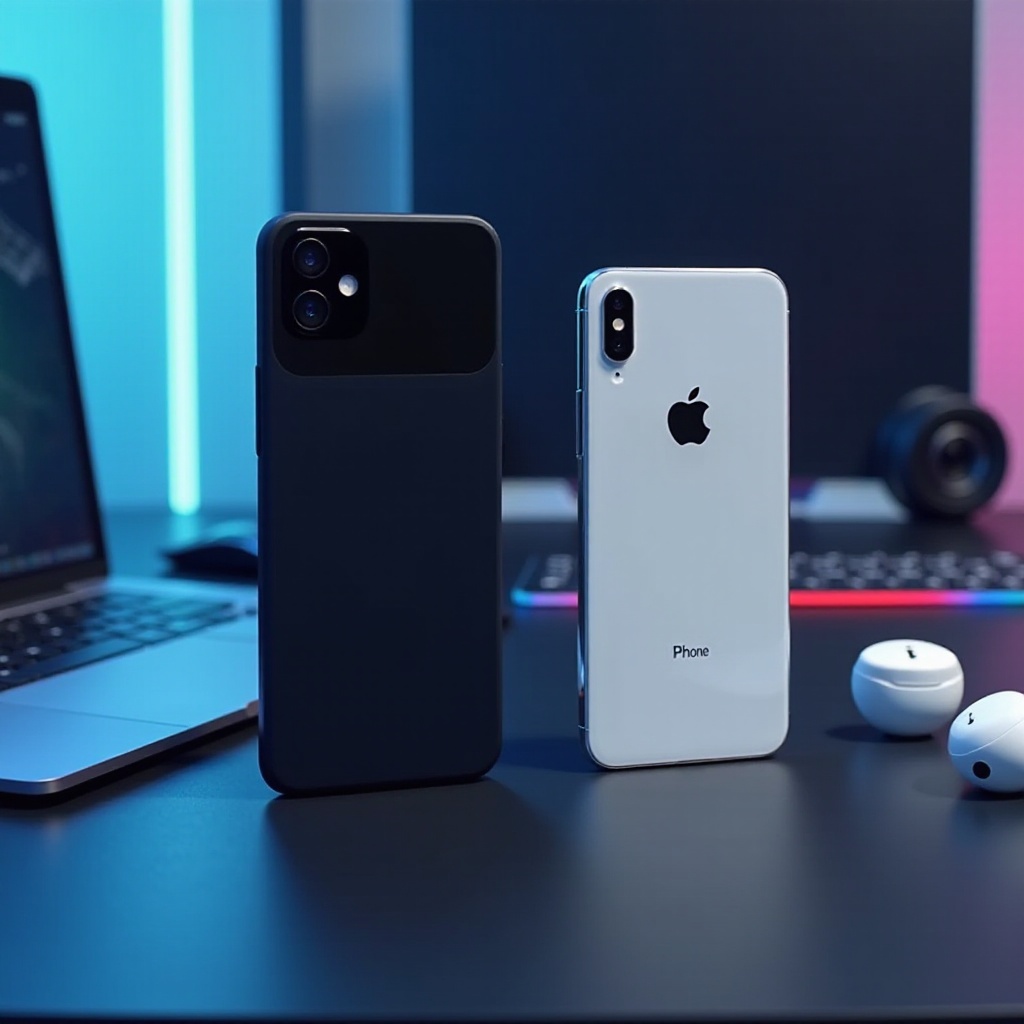
Design and Build Quality
When it comes to design and build quality, both the Pixel 9 Pro and iPhone 16 showcase remarkable craftsmanship. The Pixel 9 Pro offers a modern look with a smooth, matte glass back that minimizes fingerprints. Its aluminum frame adds durability, ensuring it feels solid and robust. Contrastingly, the iPhone 16 features a sleek stainless-steel frame paired with a ceramic shield front cover, offering a premium feel and enhanced durability.
Design Aesthetics
The Pixel 9 Pro sports a minimalist design with subtle curves and a centered punch-hole camera, making it comfortable to hold. The iPhone 16, on the other hand, opts for flat edges, a smaller notch, and a precisely aligned triple-camera system, giving it a distinctive and modern look. Color options for both models cater to various tastes, with the Pixel 9 Pro coming in muted shades and the iPhone 16 in striking, glossy finishes.
Build Materials and Durability
Google has equipped the Pixel 9 Pro with Gorilla Glass Victus, known for its resistance to scratches and drops. Meanwhile, Apple boasts the ceramic shield front on the iPhone 16, a feature claimed to offer four times better drop performance. The metal frames of both devices are resistant to dents and bends, ensuring longevity. Ultimately, both phones represent the pinnacle of smartphone design and durability.
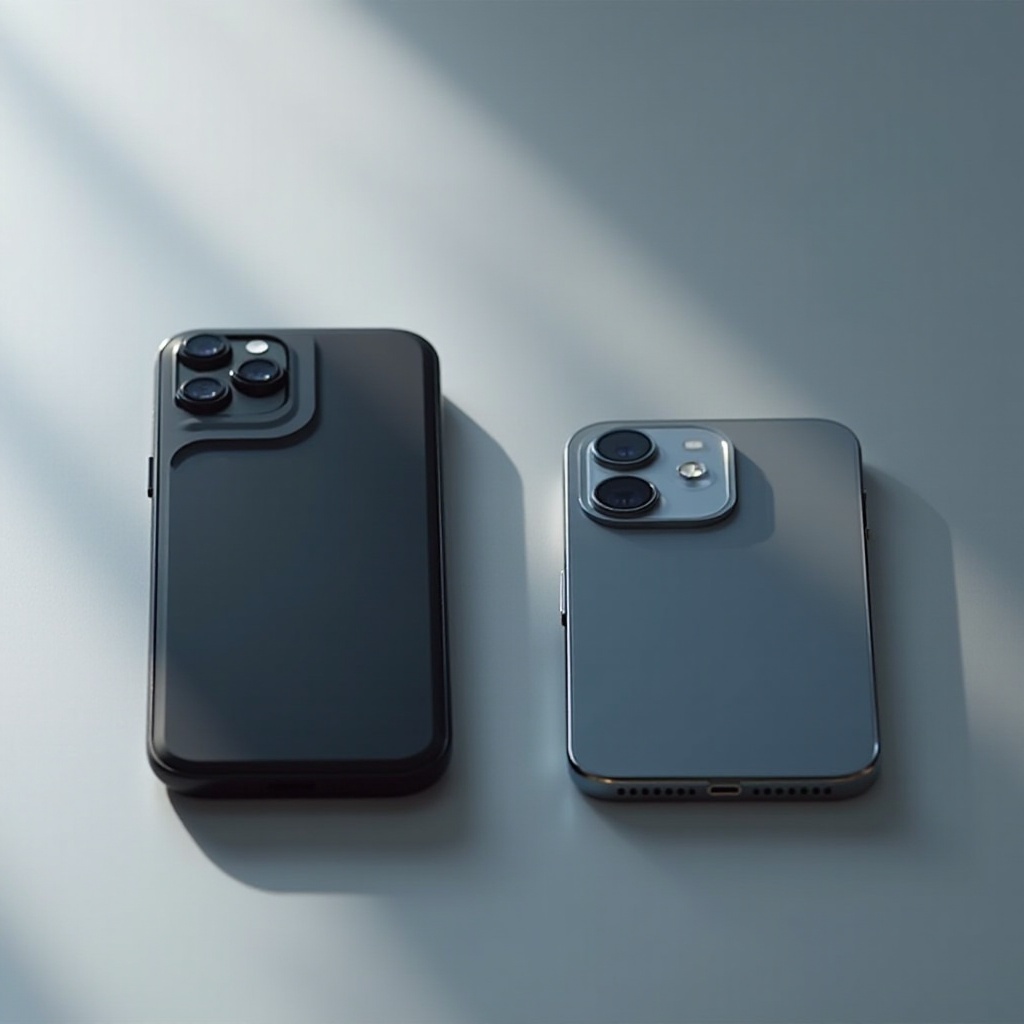
Display Technology
A smartphone’s display is critical for an immersive user experience, and the Pixel 9 Pro and iPhone 16 deliver impressively in this arena.
Screen Size and Resolution
The Pixel 9 Pro is equipped with a 6.7-inch Quad HD+ OLED screen, offering vibrant colors and deep blacks. The iPhone 16 features a slightly smaller 6.5-inch Super Retina XDR display, renowned for its sharp visuals and high contrast ratios. Both displays offer stunning clarity and color accuracy, perfect for media consumption, gaming, and everyday use.
Display Type: OLED vs. Super Retina
While the Pixel 9 Pro’s OLED display excels in providing an expansive color gamut and energy efficiency, the iPhone 16’s Super Retina XDR stands out with its exceptional brightness levels and support for true tone technology. Both displays are HDR10 certified, ensuring a fantastic visual experience when streaming content or viewing photos.
Refresh Rate and Brightness
Both devices feature a 120Hz refresh rate, providing smooth scrolling and fluid animations. The iPhone 16, however, takes the lead in peak brightness, making it easier to view in direct sunlight. The Pixel 9 Pro, with its adaptive brightness feature, offers an optimized viewing experience based on ambient lighting conditions. Together, these features contribute to vibrant and visually compelling displays on both devices.
Performance and Hardware
Performance underpins the functionality of any smartphone, so it is imperative to understand how the Pixel 9 Pro and iPhone 16 stack up.
Processor and GPU
At the heart of the Pixel 9 Pro is Google’s custom Tensor G3 chip, designed for enhanced AI processing and efficient multitasking. The iPhone 16 runs on Apple’s A17 Bionic chip, lauded for its speed and power efficiency. GPU performance on both devices supports high-end gaming and resource-intensive applications without a hitch.
RAM and Storage Options
The Pixel 9 Pro comes with 12GB of RAM, ensuring smooth operation of multiple applications simultaneously. Storage options range from 128GB to 512GB. Apple’s iPhone 16 offers more versatile storage variants, from 128GB to 1TB, catering to users who need extensive space for apps, photos, and videos.
Battery Life and Charging Speeds
Battery longevity is paramount in modern smartphones. The Pixel 9 Pro includes a 5000mAh battery, promising up to two days of moderate use. It supports 30W fast charging, 23W wireless charging, and reverse wireless charging. The iPhone 16 features a slightly smaller battery but compensates with Apple’s optimization. It supports 27W fast charging and 15W MagSafe wireless charging, ensuring you can quickly top up when needed. The endurance and charging capabilities of both devices make them reliable companions for daily use.
Camera Capabilities
Camera quality often defines the overall appeal of a smartphone. The Pixel 9 Pro and the iPhone 16 continue to champion photographic excellence with their cutting-edge camera systems.
Rear Camera Specifications
The Pixel 9 Pro features a triple camera setup: a 50MP wide-angle primary sensor, a 12MP ultra-wide camera, and a 48MP telephoto lens with 4x optical zoom. The iPhone 16 also boasts a triple-camera arrangement, including a 48MP main sensor, a 12MP ultra-wide lens, and a 12MP telephoto camera with 3x optical zoom. Each setup provides versatility and precision for capturing diverse scenes, whether daytime landscapes or low-light portraits.
Front Camera Quality
For selfies and video calls, the Pixel 9 Pro’s 12MP front camera offers wide-angle capabilities, ideal for group shots. The iPhone 16’s 12MP front camera delivers superior quality with its deep fusion technology, enhancing image details in all lighting conditions. Both devices ensure that your front-facing captures remain sharp and vibrant.
Video Recording Features
Video enthusiasts will appreciate the 4K recording capabilities available on both devices. The Pixel 9 Pro allows cinematic panning and real-time HDR, while the iPhone 16 offers Dolby Vision HDR recording for true-to-life colors and contrast. Each phone includes stabilization features, ensuring smooth and professional-looking video footage, regardless of the recording conditions.
Software and User Experience
The operating system and user experience are pivotal for overall satisfaction, and the differences between Android and iOS are pronounced.
Android 14 vs iOS 16
The Pixel 9 Pro runs on Android 14, providing a customizable and intuitive user experience. It excels in integrating Google services seamlessly. The iPhone 16 operates on iOS 16, known for its sleek interface, robust security features, and cohesive ecosystem. The choice between these operating systems generally hinges on user preference - whether one favors customization and flexibility or cohesive integration and simplicity.
Software Features
Exclusive software features on the Pixel 9 Pro include universal search, Call Screening, and the proactive Google Assistant. The iPhone 16 brings innovative features like Focus modes, Live Text, and enhanced FaceTime, all designed to improve productivity and connectivity. Each operating system brings a unique set of tools that enhance the overall smartphone experience.
User Interface and App Ecosystem
While Android offers extensive customization options through widgets and third-party launchers, iOS centers around a unified, smooth interface. Both platforms support an extensive range of apps, though App Store generally boasts a slightly more curated selection. Whether you prioritize personalization or streamlined user experience will influence your device preference.

Connectivity and Additional Features
Connectivity supports the enhanced usability of smartphones, and both devices offer rich feature sets.
5G and Network Capabilities
Both the Pixel 9 Pro and iPhone 16 are 5G compatible, ensuring high-speed connectivity and fast download speeds. Network support on each device guarantees global compatibility, so you remain connected regardless of location.
Biometric Security
Biometric security is another area where both devices excel. The Pixel 9 Pro utilizes an under-display fingerprint sensor, providing fast and secure access. The iPhone 16 continues with Face ID, known for its precision and security, ensuring your data is protected.
Other Notable Features
Other features include water and dust resistance ratings (IP68) on both models, ensuring they withstand harsh conditions. Both devices support NFC for contactless payments, and unique hardware elements, such as the Pixel's Active Edge and the iPhone’s MagSafe, expand their functionality. These additional features make everyday interactions with the devices more enjoyable and convenient.
Conclusion
Choosing between the Pixel 9 Pro and iPhone 16 can be challenging, given their impressive and competitive feature sets. Your preference may ultimately come down to specific needs, such as a superior display, a particular operating system, or camera quality. Each phone offers unique advantages that cater to different user expectations. In the end, both the Pixel 9 Pro and iPhone 16 represent the best of what modern smartphones have to offer.
Frequently Asked Questions
Which phone has a better camera?
Both phones offer exceptional camera systems, but the choice depends on the type of photography you prefer. The Pixel 9 Pro excels in computational photography and low-light performance, while the iPhone 16 boasts superior video recording capabilities and realistic color reproduction.
How do the battery lives compare?
The Pixel 9 Pro generally offers longer battery life with its 5000mAh battery, capable of lasting up to two days on moderate use. The iPhone 16, while having a smaller battery, uses Apple’s optimization to extend battery life effectively.
Which phone offers better software features?
Software preference is subjective. The Pixel 9 Pro, running Android 14, excels in customization and Google service integration. The iPhone 16, with iOS 16, offers a seamless ecosystem, security, and innovative features like Focus modes and enhanced FaceTime.
